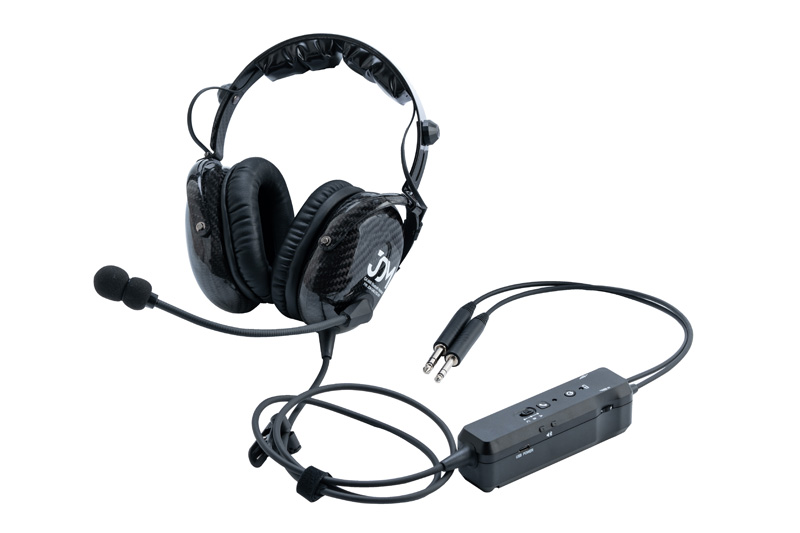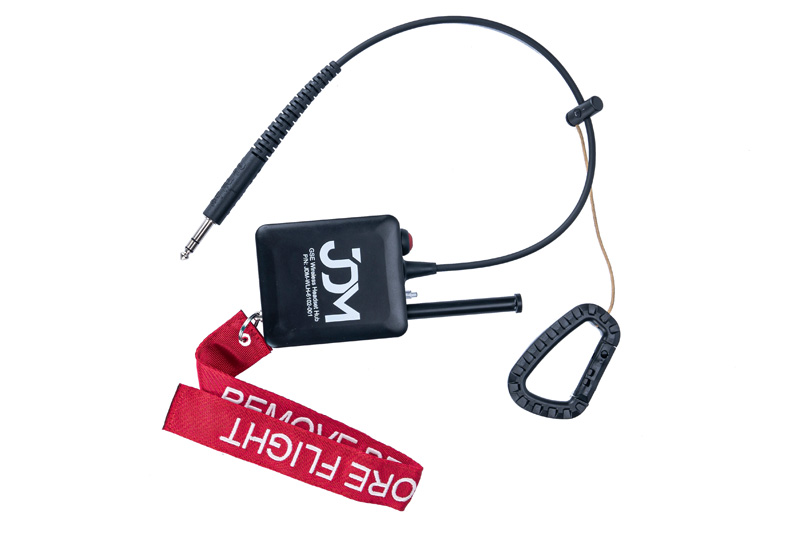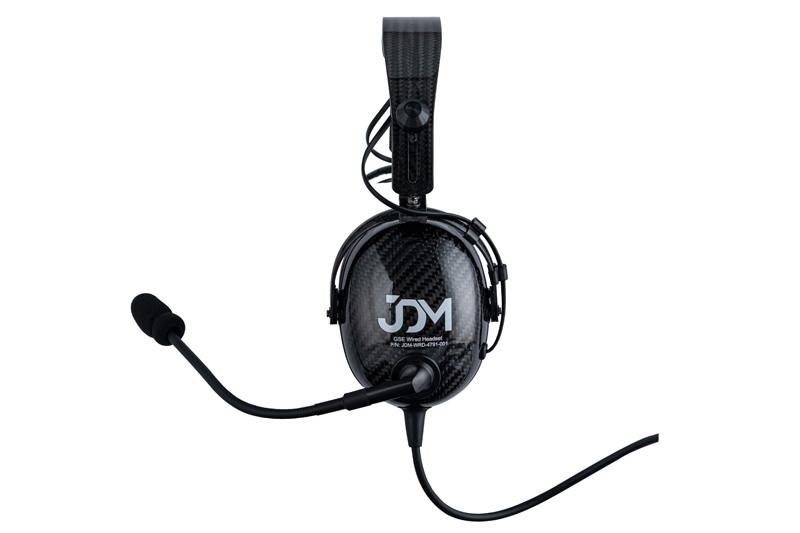TECHNICAL KNOWLEDGE
TECHNICAL KNOWLEDGE
Headsets
The headsets of ours are designed and produced strictly based on the FAA standard and requirement. The maximum noise level in working environment measured by sound level meter is 128dBA under normal air press.
Flexible boom
JDM 's flexible booms are made from carefully selected materials and are carefully designed to stay in any position you want. We fixed the mic hose rebound issue. It can move 270 degrees in an axial direction and stop at the point you need.
Stirrup
In order to enhance the intension and hardness of the stirrup, we take the stud welding technology. With our new intelligent capacitor stored energy welding machine, the strength of the stirrup is better than without the welding. The weld surface is strong so that the stirrup would be never fracture at the point of rivet.
Dome
We used to assemble ear seals and push the ear cups together by using the supersonic shock wave. Now, with the assistance of the super glutinosity glue, the ear seals can be better locked in ear cups.
Speed Drop
With the NRR of 24dB, NicePower headsets also have the ability to conquer the feed base generated by speed drop of aircraft from 3000 meters to 600 meters. It is to secure the physiological auditory system of pilots.
Stainless Steel
To enhance the durance of our products, all the steel we apply to our headsets is stainless steel.
ANR technology
It called Active Noise Reduction technology, in some place you’ll see active noise cancellation (ANC) technology, is corresponding to passive noise canceling technology. Active noise reduction is a relatively new technology that is especially effective at reducing low frequency noise, such as the engine and propeller noise in a light aircraft.
ANR works most effectively on low-frequency noise and does very little to affect the relatively higher frequencies of, for example, voices. The low-frequency is the most annoying part of noise which makes permanent hearing loss across all frequencies especially after you experienced a long time fly. In addition, it really only works well for tonal noises those sounds containing a very limited number of frequencies, such as propeller noise; so you still hear broadband, mixed frequency sounds, such as the wind flowing over the airframe. You can also tell when a sound changes. So, if the rhythmic pulse of the propeller is altered by the addition or loss of power, your ears will still tell you.





 Tel:+86 13600932574
Tel:+86 13600932574 Email:mariano@jdm-ct.com
Email:mariano@jdm-ct.com